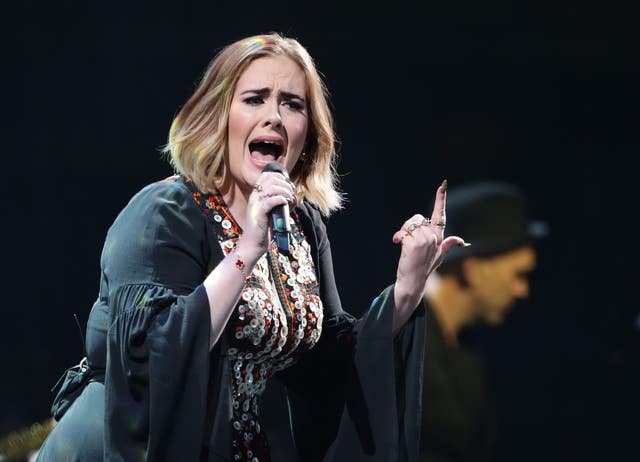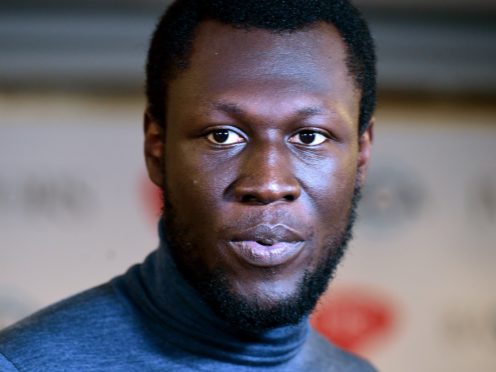The lack of music provision in state schools risks depriving the industry of future talents such as Adele and Stormzy, the Brit Awards boss has said.
New data from the British Phonographic Industry (BPI) suggests there is a growing disparity between the music opportunities offered in state and independent schools.
According to the research from the UK record labels association, schools in poorer areas deliver fewer chances for their students to participate in music.
But the figures suggest almost all independent schools and state-funded schools serving more affluent communities give students the opportunity to take part in a school musical or in a play featuring songs.
In a survey of 2,200 teachers across both sectors in England, 21% said they saw a decrease in music provision over the past five years.
Private schools have seen a net increase of 7% over the same period.
The poll further revealed one in eight of the most deprived schools have an orchestra, compared with 85% of independent schools.
According to the survey, 64% of schools serving disadvantaged communities give students a chance to take part in a school musical or musical play, compared with 91% of the most affluent state schools and 96% of independent schools.
Geoff Taylor, chief executive of the BPI and the Brit Awards, said: “People may have different talents and aspirations, but the one thing that gives us all an equal opportunity to fulfil our potential, whatever our background, is education.
“These BPI findings make us profoundly concerned that music education and tuition in state schools is beginning to lag far behind that in the independent sector.
“This inequality is not just deeply unfair to children in the state sector, it risks depriving our culture of future talents as diverse as Adele, Stormzy and Sheku Kanneh-Mason.

“We believe that every child in this country should have the same opportunity to access tuition and to discover and develop their musical talent.
“It is clear that Government needs to inject additional funding for musical instrument tuition in state schools and to recognise music as a core component of a child’s education, one which should be reflected in Ofsted’s judgment of a school’s performance.
“We warmly welcome the proposed new model music curriculum for schools, but it is vital that Government ensures that the curriculum also works for the many non-music teachers that take music lessons in primary schools.”
In response to the survey findings, the BPI is calling on the Government to intervene to reverse the “worrying trend of reduced music provision and curriculum time in schools”, providing funding where necessary.
In a number of proposed measures, it asks ministers to address the disparities in access to musical instrument lessons by boosting funding.
The BPI is also calling for music to be recognised as a core component in education and made a clear requirement in the accountability framework.
Horace Trubridge, general secretary at the Musicians’ Union, said: “This data further backs up the research that we commissioned at the end of last year.
“Both demonstrate that young people from poorer backgrounds are missing out on the chance to learn an instrument.
“With certain children priced out of learning musical instruments, we may well only be hearing the songs and sounds of the affluent in years to come.
“Those from poorer backgrounds will, unfairly, be increasingly under-represented within the industry.”
This summer, a new model music curriculum created by an independent panel of experts will be published.
It will provide schools with a sequenced and structured template curriculum for Key Stages 1, 2 and 3.
A Department for Education spokeswoman said: “We want all pupils to have the opportunity to study music at school.
“We will be working with music groups and practitioners to refresh the national plan for music education.
“We have already started work to develop a high-quality model music curriculum, which the British Phonographic Industry welcomes.
“Arts education programmes receive more money than any subject other than PE – nearly half a billion pounds to fund a range of music and cultural programmes between 2016 and 2020.
“This money is in addition to the funding that schools receive to deliver the curriculum.”
– The survey polled teachers in state-funded and independent schools across the primary and secondary sectors via the Teacher Tapp survey app.
Post-stratification weights were applied to ensure the survey reflects the population of teachers in England in terms of gender, age, role seniority, region, school phase and school sector.










